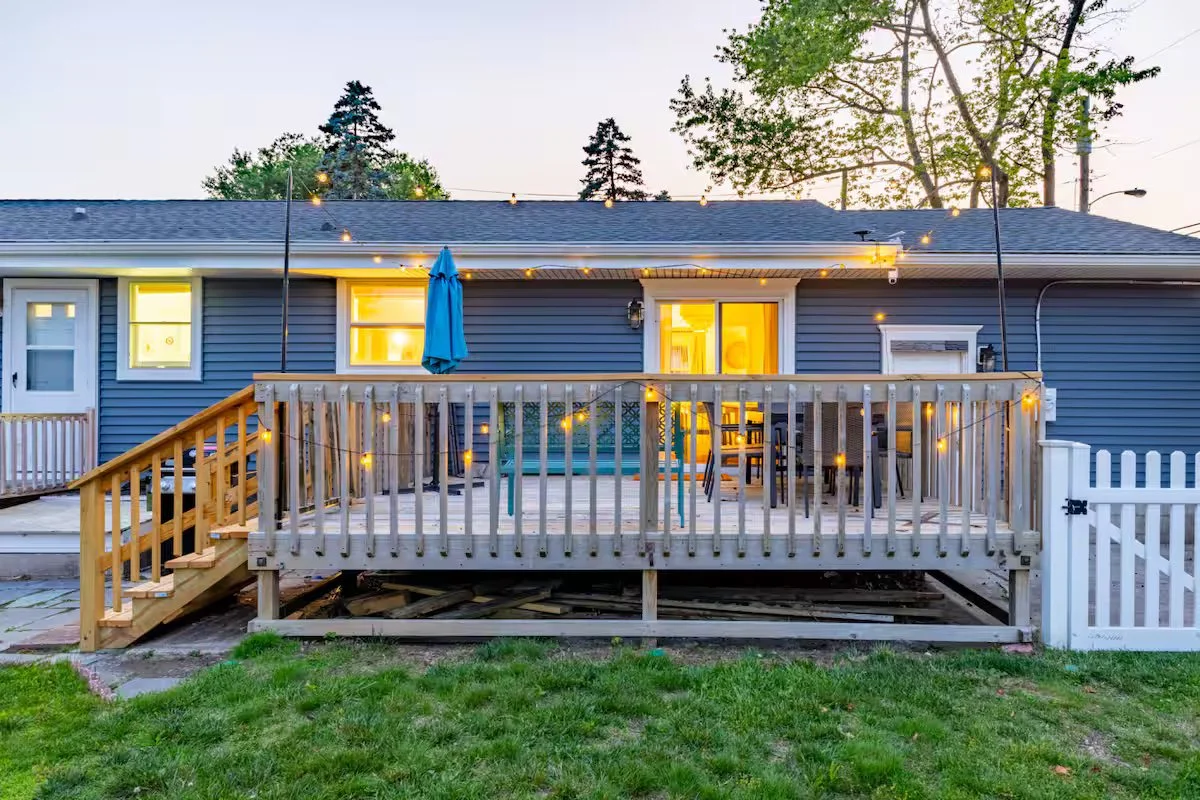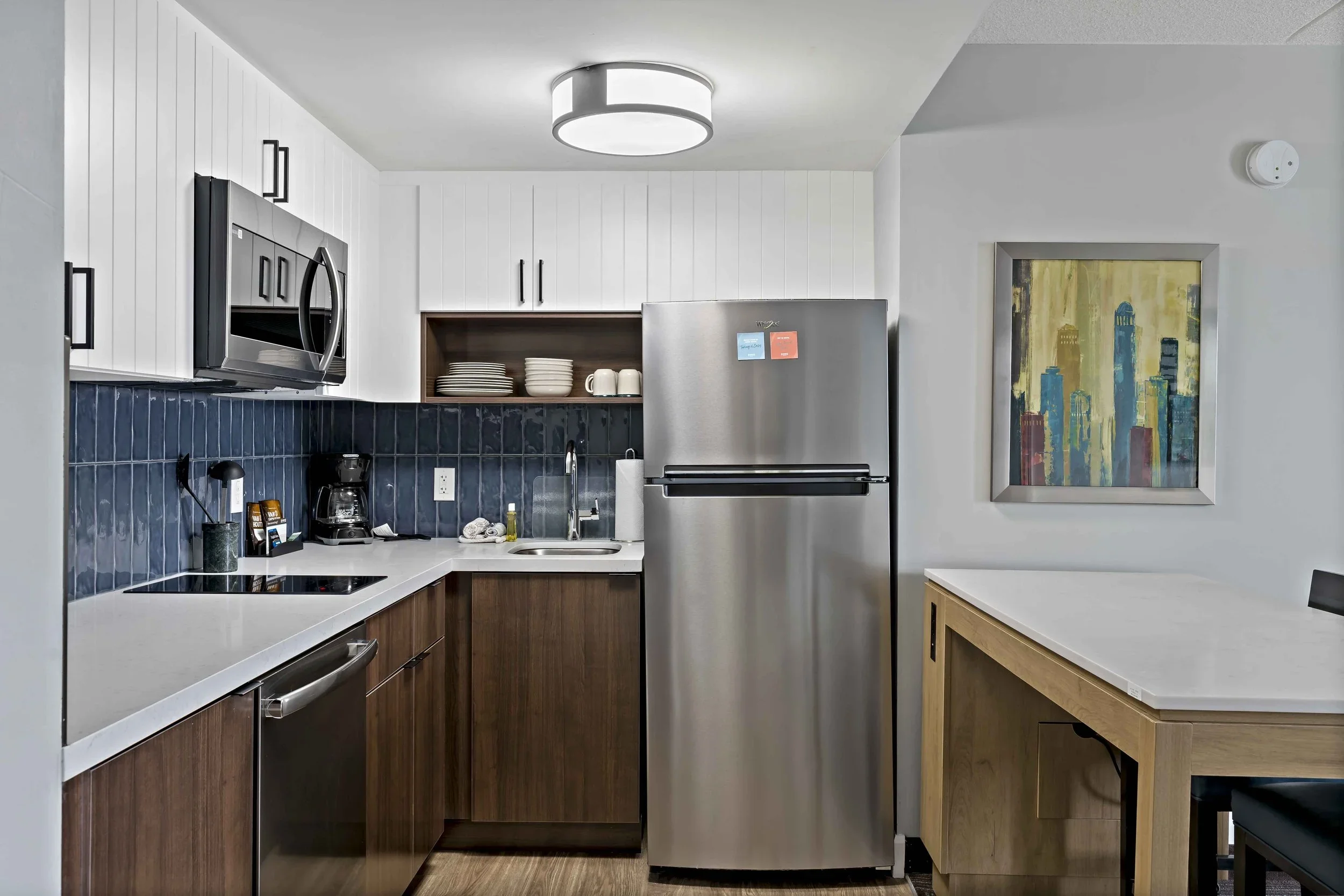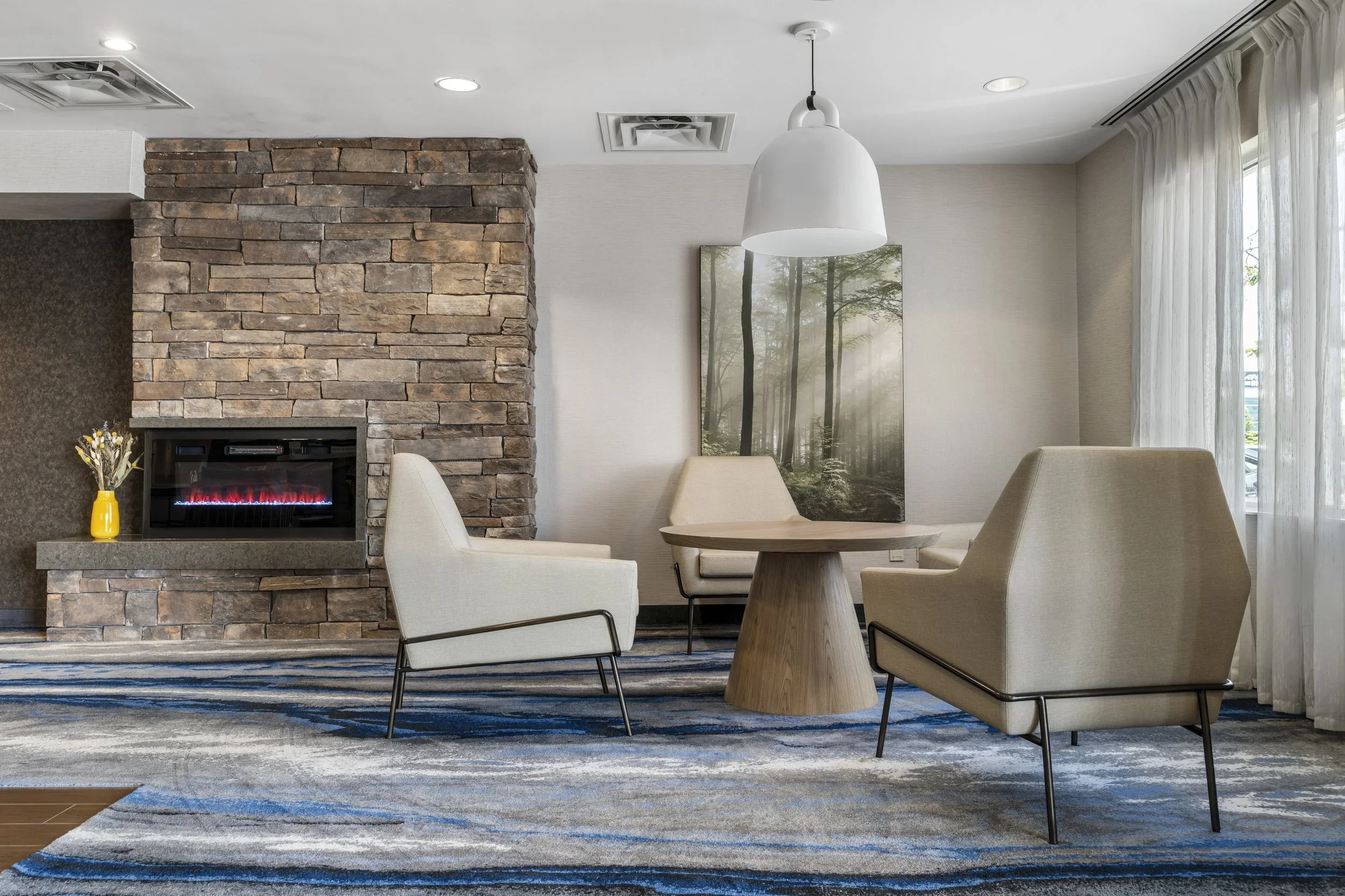Airbnb Rising: How Hotels Can Adapt
Evolving strategies for Hotels to compete with Airbnb’s growing popularity.
The rapid growth of Airbnb has transformed the hospitality landscape, challenging traditional hotels to rethink how they attract and satisfy guests. Airbnb’s appeal largely stems from its unique accommodations, flexible offerings, and the “home away from home” experience it provides. For hotels to stay competitive, it’s crucial to understand these evolving guest expectations and adapt physical spaces accordingly.
As an interior commercial renovation contractor specializing in hospitality renovations, I have observed how carefully planned design and renovation strategies can enable hotels to meet these new demands effectively. This post explores researched insights on how hotels can evolve.
Understanding the Airbnb Advantage
Airbnb listings often provide features that hotels traditionally lack, including:
In-room kitchens or kitchenettes, allowing guests to prepare their own meals
More spacious, flexible living areas, appealing to families and long-term travelers
Local, authentic experiences embedded within residential neighborhoods
Studies show that these features are particularly valued by families, remote workers, and extended-stay guests. According to a 2021 survey by STR and CBRE, kitchens and kitchenettes significantly influence booking decisions in extended-stay segments, helping Airbnb maintain a strong foothold in this market.
How Hotels Can Adapt Through Renovation and Design
1. Adding Kitchens or Kitchenettes to Guest Rooms
One of the most direct ways hotels can align with Airbnb’s appeal is by integrating kitchen facilities into rooms. Kitchens offer guests autonomy, convenience, and the ability to manage dietary preferences—a key factor especially for families and long-stay travelers.
Kitchenette solutions: Compact setups including a mini-fridge, microwave, sink, and countertop space can be retrofitted into many existing rooms with minimal disruption.
Full kitchens: In suites or extended-stay units, full kitchens with stovetops, ovens, and dishwashers can create a home-like environment, encouraging longer bookings and premium rates.
Incorporating kitchens can also enhance a hotel’s competitive advantage by addressing a market gap that many traditional hotels have yet to fill.
2. Expanding and Enhancing Amenity Spaces
Hotels have inherent strengths in amenities—gyms, pools, spas, communal lounges, and dining options—that Airbnb rentals often lack. Renovating to improve and highlight these spaces can attract guests seeking convenience and social experiences.
Creating inviting social hubs: Redesigned lobbies, rooftop terraces, and co-working lounges offer opportunities for interaction and local immersion, complementing the hotel stay.
Wellness and leisure: Upgrading fitness centers, spas, or adding wellness rooms aligns with growing health-conscious traveler trends.
Family-friendly spaces: Play areas and communal kitchens can further differentiate hotels serving families.
These enhancements cater to guest segments who prioritize convenience and on-site experiences beyond just a place to sleep.
3. Flexible, Multi-Use Room Designs
Guest preferences are evolving rapidly. Modular furniture, adaptable workstations, and convertible seating allow rooms to serve multiple functions—work, rest, and socializing—making hotels more appealing to a broader demographic, including remote workers and digital nomads.
4. Prioritizing Cleanliness and Accessibility
The COVID-19 pandemic has heightened guest focus on hygiene. Hotels maintain an edge here through standardized cleaning protocols. Renovations that incorporate antimicrobial surfaces and easy-to-clean materials reinforce guest confidence.
Accessibility upgrades also expand market reach, ensuring all guests enjoy comfortable and compliant stays.
Practical Considerations for Renovations
Retrofitting kitchens and expanding amenities require strategic planning:
Infrastructure needs: Plumbing, ventilation, and electrical systems must be evaluated and updated to accommodate kitchen installations.
Space constraints: Many existing hotel rooms are compact; creative design solutions are necessary to integrate kitchens without compromising comfort.
Investment vs. return: While renovations carry upfront costs, data suggests that offering kitchen facilities and premium amenities can increase average daily rates and length of stay, leading to improved revenue.
Guest segmentation: Hotels may pilot kitchens in suites or long-stay units before broader rollouts.
Partnering with contractors and architects experienced in hospitality renovations ensures compliance with building codes, operational continuity during construction, and efficient project delivery.
Conclusion
Airbnb’s growth has redefined guest expectations for flexibility, space, and self-sufficiency. Hotels can remain competitive by embracing these shifts through strategic renovations—particularly by adding kitchens to rooms and enhancing amenity offerings.
Thoughtful design not only meets market demands but also improves guest satisfaction and loyalty. As the hospitality industry continues to evolve, renovation initiatives that align with these trends will position hotels for sustained success in an Airbnb-influenced landscape.
Relevant Projects: Staybridge Suites, Guelph, ON, Candlewood Suites, London, ON, Grove Summer Retreat, Cape May, NJ



